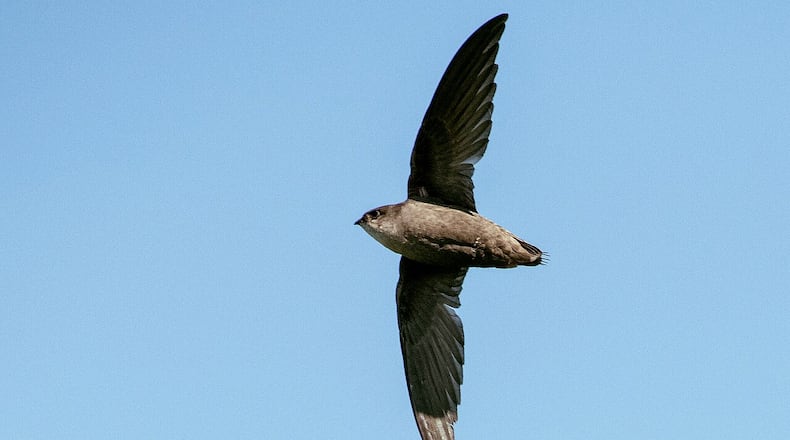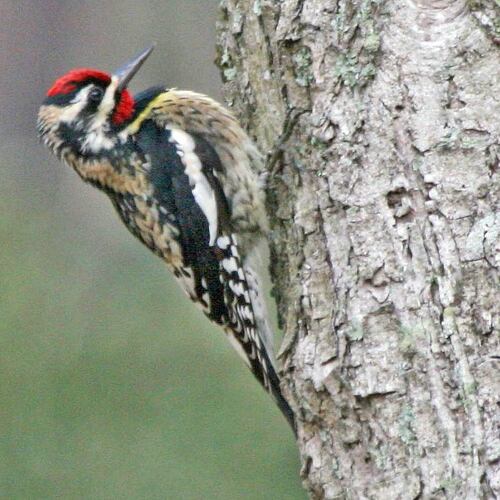Between now and mid-October is the height of fall migration, when tens of millions of birds — songbirds, raptors, shorebirds and water fowl — fly across Georgia on their way to the southern tropics for the winter.
But as great a natural spectacle as fall migration is, it cannot be easily observed. Most long-distance migratory songbirds and shorebirds, as well as some ducks and other waterfowl, migrate at night when the air is cooler and risk of predators is lower. An exception is the ruby-throated hummingbird, which migrates by day. Swallows, chimney swifts and nighthawks also are daytime migrants because they feed on flying insects that are most active during the day.
Whether traveling by day or night, all of these migrants must flap their wings to move through the air. That’s not true, though, for another class of feathered migrants — hawks, vultures and other large raptors.
Migrating hawks (particularly broad-winged hawks) travel by day to take advantage of rising warm air thermals to soar and stay aloft for hours without wing flapping. (Now is the time to see migrating hawks; good places to see them are from high spots in northwest Georgia a day or two after a cold front passes.)
But even if the great waves of night-flying migrants cannot be seen, they can be detected with a remarkable tool known as Birdcast. Launched in 2018, it was developed by the Cornell Lab of Ornithology and other institutions.
Using weather radar, satellite transmissions and other data, Birdcast allows residents nationwide — including Georgia — to “see” concentrations of migrating birds passing through. It also can forecast large clusters of migrants a few days ahead. Visit the website at birdcast.info.
Knowing when large concentrations of birds are coming through can help homeowners and businesses take measures to protect the birds, such as turning off unneeded lights at night. Night lights can confuse migrating birds and cause them to crash into buildings, killing them. More on this at: birdsgeorgia.org/lights-out-georgia.
IN THE SKY: From David Dundee, Tellus Science Museum astronomer: Autumn begins Sunday at 8:43 a.m. Mercury is low in the east just before dawn. Venus is low in the west around dusk. Also rising in the east are Mars, just after midnight; Jupiter, just before midnight; and Saturn, just after sunset.
Charles Seabrook can be reached at charles.seabrook@yahoo.com.
About the Author
Keep Reading
The Latest
Featured


